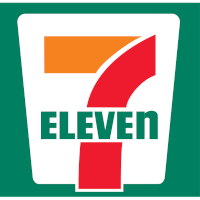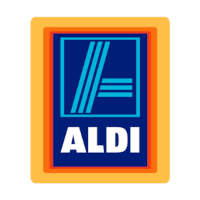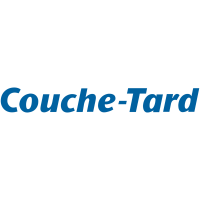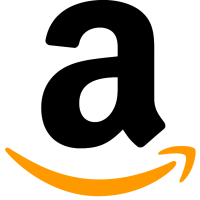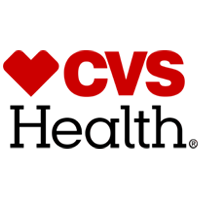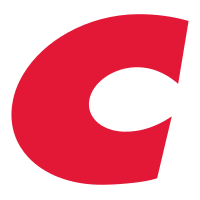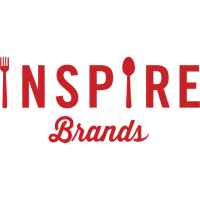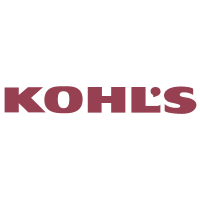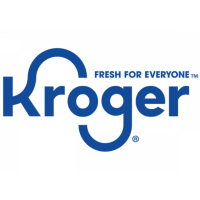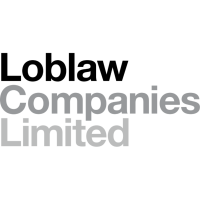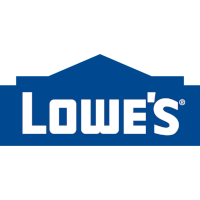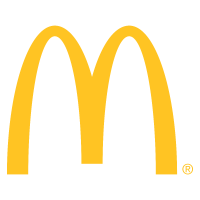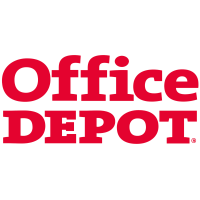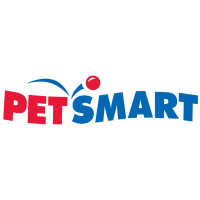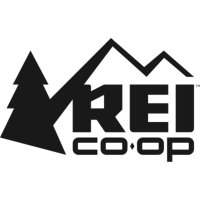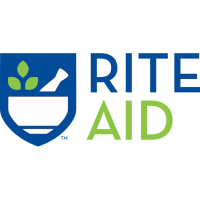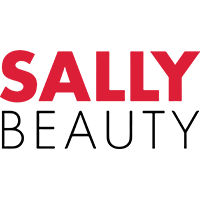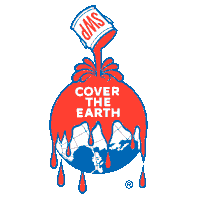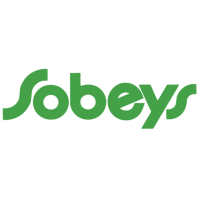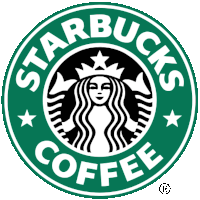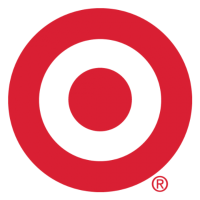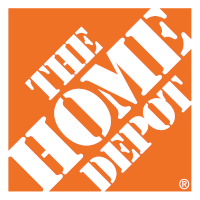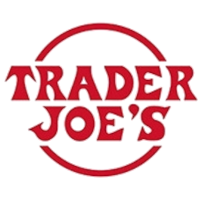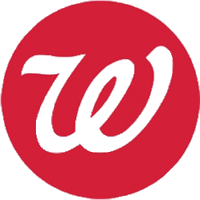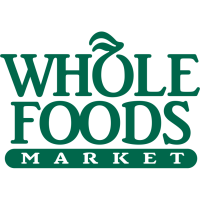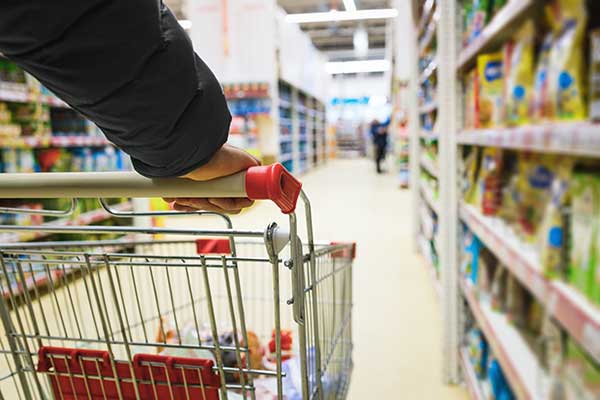Key Findings and Recommendations
- Corporate Commitment: Macy’s adopted a safer chemicals policy in 2022, which establishes a broad goal “to remove unwanted chemicals within [its] global value chain.” The company should participate in the Chemical Footprint Project survey to improve its chemicals management and publicly support governmental policies to reduce chemicals and plastics of high concern.
- Transparency: There is no indication Macy’s requires suppliers to disclose chemical ingredients or plastics to the retailer or consumers, nor that it requires testing to ensure products are free of hazardous chemicals or plastics beyond regulatory compliance. Macy’s should require ingredient disclosure, verify accuracy, and evaluate its chemical footprint.
- Ban the Bad: In 2022, Macy’s developed a restricted substance list (RSL) that includes, but is not limited to, azo dyes, flame retardants, and phthalates. It went into effect for Fall 2023 private-label apparel, home textiles, and footwear. Macy’s has also set a goal that by 2025, 75 percent of private-label apparel and soft textile products will be OEKO-TEX 100 certified and/or compliant with its RSL. The company should publicly report on its progress in meeting these goals.
- Safer Solutions: There is no indication that Macy’s has supported the development or sale of safer products. Macy’s should work to ensure substitutes for chemicals and plastics of high concern are safer for the health of consumers, communities, workers, and the environment.
2024 Detailed Analysis of Macy’s
Corporate Chemicals Policy
Adopted a safer chemicals policy
Oversight
Established management oversight
Chemical Footprint Project (CFP)
Participated in the CFP
Collaboration
Actively participates in collaborative process to promote safer chemicals
Public Policy Support
Supported governmental policies to reduce chemicals or plastics of high concern
Supply Chain Disclosure
Brands report use of chemicals or plastics in products or packaging to retailer
Supplier Accountability
Ensures supply chain accountability for chemicals or plastics restrictions
Consumer Disclosure
Brands disclose use of chemicals or plastics to consumers
Chemical Footprint Calculation
Publicly disclosed its chemical footprint
Restricted Substances List (RSL)/Manufacturing Restricted Substances List (MRSL)
Reduction/Elimination Goals
Chemicals and Plastics Reduction
Reduced or eliminated toxic chemicals or plastics of high concern
Safer alternative definition
Adopted a definition of safer alternative consistent with Washington state
Investment in Safer Solutions
Invested financial resources to advance and drive development of safer solutions
Implementation of Safer Solutions
Replaced chemicals or plastics of concern with safer solutions
Quantified Safer Products
Measured and disclosed progress towards safer products
How does Macy’s compare to its competitors?
Previous Grade History
NOTE: Our evaluation criteria changed in 2024. The scores from previous review years through 2021 are based on a different set of criteria measured.
Click or tap on a grade year to review additional details (where available).




